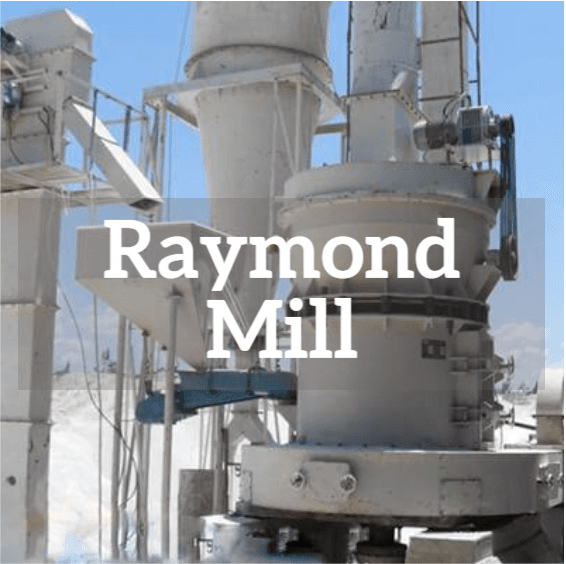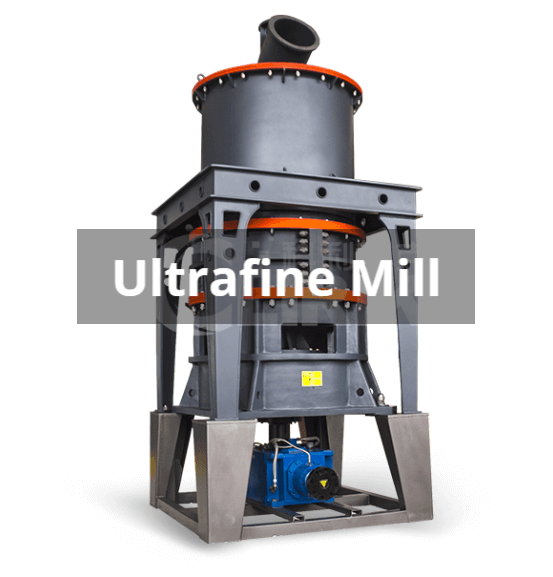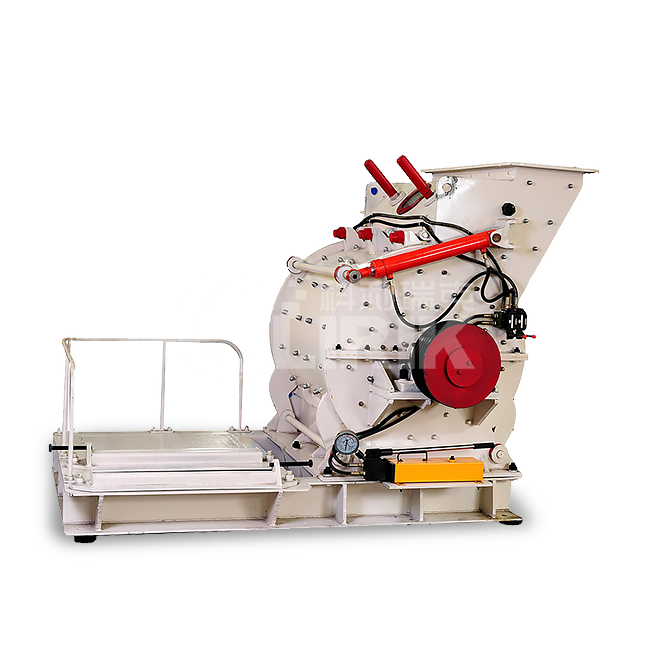For product information and pricing, Chat with sales agent:
or email us : sales@clirik.com
Click links below to see related products.

Petroleum coke, often abbreviated as pet coke, is a carbonaceous solid derived from the refining of crude oil.
It is a byproduct of the oil refining process and is produced when heavy crude oil undergoes a process called coking.

Here are some key points about petroleum coke:
l Green Coke: This is the product directly obtained from the coking process and is not calcined. It contains a higher percentage of volatile matter.
l Calcined Coke: Green coke is further processed in a calcining unit to remove moisture and volatile components. This results in a more refined and higher carbon content product.
Uses:
l Fuel: Petroleum coke is used as a fuel in various industries, especially in cement kilns and power plants. It has a high calorific value and is often a cost-effective alternative to coal.
l Anode Production: Calcined petroleum coke is a crucial ingredient in the production of aluminum. It is used as a carbon source in the anodes used in the electrolytic process to produce aluminum.
l Other Industrial Uses: It is also used in the production of titanium dioxide and other industrial processes.
l The combustion of petroleum coke releases carbon dioxide (CO2) and other pollutants, contributing to air pollution and greenhouse gas emissions.
l Handling and storage of pet coke can pose environmental challenges, as it is a dusty material.
l Due to environmental concerns, there have been regulations and guidelines in various regions regarding the handling, storage, and use of petroleum coke.
l Major producers of petroleum coke include the United States, China, India, and several European countries.
l The market for petroleum coke is influenced by factors such as crude oil prices, demand for refined products, and environmental regulations.
A petroleum coke grinding production line typically involves several steps to process the feedstock and produce the final product. Here is a general outline of the key stages in a petroleum coke grinding production line:
1. Crushing: The raw petroleum coke is often quite large and needs to be crushed into smaller particles before further processing. Crushers are used for this purpose.
2. Drying: Depending on the moisture content of the raw coke, a drying process may be required to reduce the moisture content to an acceptable level. This is crucial for efficient grinding.
3. Grinding: The dried and crushed petroleum coke is then ground to a fine powder. This grinding process is typically carried out in a vertical roller mill or a ball mill. The choice of the grinding equipment depends on various factors such as the type of coke, desired fineness, and production capacity.
4. Separation: After grinding, the fine particles of petroleum coke need to be separated from the coarser particles. This separation is typically achieved using classifiers or cyclones.
5. Calcination (for calcined coke): If the production line is meant for calcined petroleum coke, an additional step of calcination is involved. Calcination involves heating the coke to high temperatures (usually above 1,200 degrees Celsius) to drive off volatile matter and further increase the carbon content.
6. Bagging/Packaging: The final product is then usually bagged or packaged for transportation and use in various industries.
7. Environmental Controls: Due to the dusty nature of petroleum coke, effective dust control measures need to be implemented throughout the production process. This includes dust extraction systems, bag filters, and other environmental control equipment to minimize emissions.
8. Quality Control: Throughout the production line, quality control measures are essential to ensure that the final product meets the required specifications. This may involve periodic sampling and testing of the product.
The grinding of petroleum coke is typically carried out in a grinding mill. Several types of mills can be used depending on the specific requirements of the process and the desired end product. Here are some common types of grinding mills used for petroleum coke grinding:
l Ball Mill: This is the most common and widely used mill for grinding petroleum coke. The ball mill consists of a rotating cylindrical drum filled with grinding media, such as steel balls or rods. The material to be ground is added to the drum along with the grinding media, and the rotation of the drum causes the material to be ground into fine particles.

l Raymond Mill: Raymond mills are widely used in the petroleum coke grinding process. They combine drying and pulverizing in one unit, providing high efficiency and reliability. The grinding chamber of Raymond mills can be adjusted to produce different sizes of petroleum coke powder.

l Ultrafine Grinding Mill: For applications where a finer product is desired, ultrafine grinding mills, such as ultrafine vertical roller mills or stirred media mills, can be used. These mills are capable of producing very fine and controlled particle sizes.

l Hammer Mill: In some cases, a hammer mill may be used for coarse grinding of petroleum coke. Hammer mills use rotating hammers to impact and break down the material.

The choice of the grinding mill depends on various factors including the characteristics of the petroleum coke, the required particle size, the capacity of the grinding mill, and the overall production process. Additionally, considerations such as energy efficiency, maintenance requirements, and environmental impact may influence the selection of the grinding mill.
Petroleum coke, or pet coke, is utilized in various industrial applications due to its unique properties. Here are some of the primary uses of petroleum coke:
l One of the major uses of petroleum coke is as a fuel source in power plants and cement kilns. It is often used as a cost-effective alternative to coal. The high carbon content and calorific value of pet coke make it a desirable fuel for these applications.
l Calcined petroleum coke is a key ingredient in the production of anodes used in the electrolytic process for extracting aluminum from its ore, bauxite. The anodes are consumed in the process and play a crucial role in the efficiency of aluminum smelting.
l Petroleum coke is used as a reducing agent in the production of various metals, particularly in the steel and ferroalloys industries. It helps remove oxygen and other impurities from metals during the smelting process.
l High-quality petroleum coke is used in the production of graphite electrodes, which are essential components in electric arc furnaces used for steel production. Graphite electrodes conduct electricity and provide a heat source for the melting of metals.
l Petroleum coke finds application in various industrial processes, such as the production of titanium dioxide, which is used as a white pigment in paints, plastics, and paper.
l Calcined petroleum coke is used in the production of carbon anodes for the aluminum industry and certain carbon products.
It's important to note that while petroleum coke has valuable industrial applications, its use has raised environmental and health concerns, particularly in regions where it is produced and utilized. The combustion of pet coke can contribute to air pollution and greenhouse gas emissions. Therefore, regulations and guidelines often govern the handling, storage, and use of petroleum coke to mitigate its environmental impact.
Petroleum coke (pet coke) and coal are both carbonaceous solids, but they differ in their origin, composition, and properties. Here are some key distinctions between petroleum coke and coal:
l Petroleum Coke (Pet Coke): Pet coke is a byproduct of the oil refining process. It is formed during the coking of heavy crude oil in refineries. Coking is a thermal cracking process that breaks down large hydrocarbon molecules in crude oil into smaller ones, resulting in pet coke.
l Coal: Coal, on the other hand, is a sedimentary rock that forms from the remains of plants and organic material that accumulate and undergo geological processes over millions of years.
l Petroleum Coke: Pet coke primarily consists of carbon, with small amounts of hydrogen, sulfur, nitrogen, and other impurities. The composition can vary depending on the type of crude oil and the refining process.
l Coal: Coal is a complex mixture of carbon, hydrogen, oxygen, nitrogen, sulfur, and other elements. The composition of coal varies widely depending on the type of coal (bituminous, anthracite, lignite, etc.) and its geological history.
l Petroleum Coke: Pet coke generally has a higher calorific value (energy content) than coal, making it an attractive fuel source for certain industries.
l Coal: The calorific value of coal varies depending on its type, but in general, coal has slightly lower calorific value compared to petroleum coke.
l Petroleum Coke: Pet coke is used as a fuel in industries such as power generation and cement manufacturing. It is also a key raw material in the production of aluminum (as anode carbon) and certain industrial processes.
l Coal: Coal has a wide range of uses, including power generation, steel production, heating, and as a feedstock for various industrial processes. Different types of coal are used for different applications.
l Both pet coke and coal combustion contribute to air pollution and greenhouse gas emissions. However, the environmental impact can vary depending on the specific composition and impurities present in each.
While there are similarities in their use as carbonaceous materials, the distinct origins and compositions of petroleum coke and coal result in different properties and applications. It's also worth noting that both pet coke and coal have faced environmental scrutiny due to their combustion emissions, leading to increased regulations and a push for cleaner energy alternatives.
